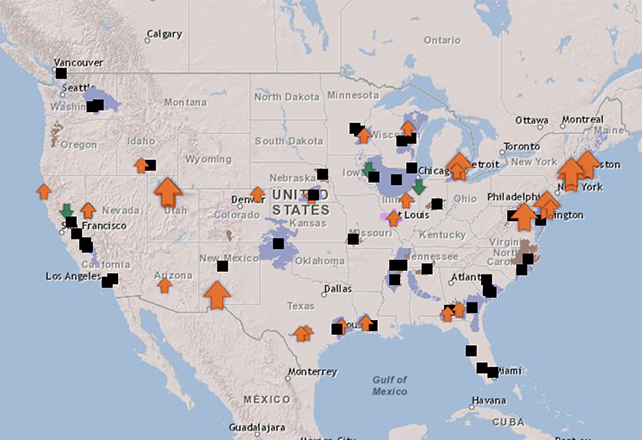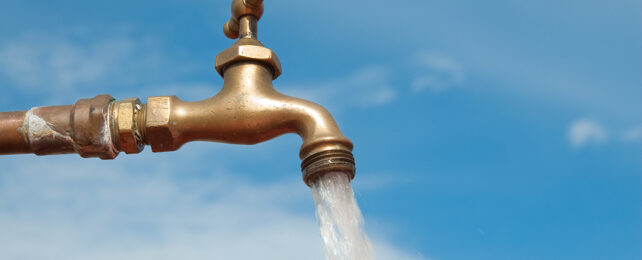Researchers have identified increased levels of sodium (Na+) and chloride (Cl-) ions dissolved in wells across the US, a trend which shows the nation's groundwater is getting saltier.
Working for the US Geological Survey (USGS), the team behind the survey suggests that the rising salinity is going to have implications for infrastructure, ecosystems, and human health, and that increased monitoring and management is required.
The team analyzed 82 separate networks of 20 to 30 wells each, with samples typically taken at 10 year intervals going back to 1988. These networks included wells of shallow to medium depths, across domestic, urban, and agricultural areas.

A total of 500 different chemical constituents were identified, including metals, pesticides, fertilizers, and radionuclides (radioactive isotopes). This kind of detailed surveying has been going on for three decades in a bid to stay on top of water quality levels.
The results of the sampling are not yet peer-reviewed but they can be found at the online interactive groundwater map maintained by the USGS. As well as increases in sodium and chloride – evidence of salt getting into the water – the number of dissolved solids has been increasing too, potentially indicating a broader rise in water contamination.
"Dissolved solids, chloride, and sodium had statistically significant increases more frequently than any other constituents that we have on our list," says hydrologist Bruce Lindsey, from the USGS.
"If you look at the map, you'll see patterns right away that jump out."
The researchers identify three reasons why this increase matters: one is that saltier water is more corrosive, which can affect buildings and other infrastructure. In terms of groundwater, this would especially apply to pipes and plumbing.
Then there are the ecosystems connected to these water networks. Many streams are fed by groundwater, and higher concentrations of chloride ions in the water can create toxic environments for aquatic life, causing problems with reproduction and biodiversity.
Lastly there's the effect on human health too. The USGS team referred back to a 2021 study of an aquifer in southern New Jersey: it linked an increase in the carcinogenic chemical element radium with the growing use of road salts in the area.
In this latest research, increases in salinity levels were particularly prominent in colder regions, where a lot of road salt would be used. However, arid regions showed jumps as well, possibly due to the increases in evaporation that come with irrigation.
Those are three major reasons to be worried about rising salinity, and the USGS is calling for more responsible use of road salts – these salts have already been singled out as harming the environment, but there are cascading effects to think about too.
"The fact that there may be streams that are not able to sustain aquatic life, or that your pipes might start corroding, or this other more rare issue where there's radium, shows there are other negative aspects," says Lindsey.
The research was presented at the Geological Society of America's GSA Connects 2023 meeting.
